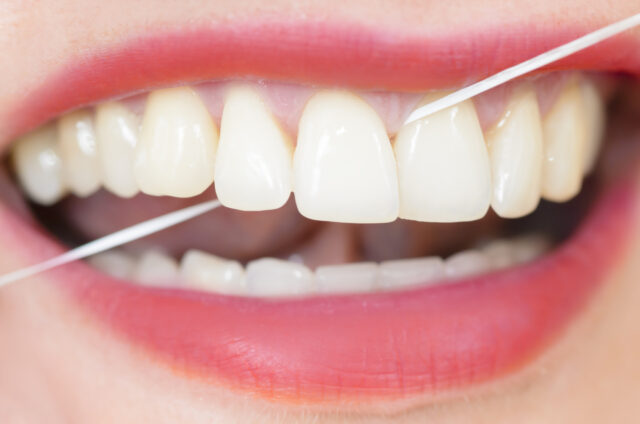
Statistics show approximately half of adults over 30 years have periodontal disease. The condition can lead to bone deterioration and loss of teeth.
What is periodontal disease?
Periodontal disease is an advanced stage of gum inflammation and gingivitis. It gradually progresses from swollen and red gums to more severe symptoms like gums pulling away from teeth. Ueno Center Dental Specialists utilize cutting-edge and minimally-invasive techniques to treat periodontal disease.
The primary cause of gum inflammation is bacteria in your mouth. Poor dental hygiene allows food debris to accumulate in your oral cavity. Plaque encourages the bacteria to increase rapidly, irritating gums and causing inflammation.
In the earliest phase of periodontitis, gums pull away from the teeth. Pockets form between the area where the teeth meet the gum, creating spaces for food debris to accumulate. As a result, the process can become a vicious cycle that progresses to more severe symptoms.
People with type 2 diabetes have a higher risk of gum inflammation. A poor diet lacking in Vitamin C can cause gum problems that may trigger periodontal disease. Other risk factors are smoking, diabetes, and certain medications.
Periodontal disease symptoms

Periodontal disease is characterized by redness and swelling of the gums. But as it progresses, other symptoms may emerge. The pain can worsen and make it hard to chew food.
You may also experience a bad taste in your mouth that lingers for some time. You may have sensitive teeth due bacteria and plaque accumulation.
Periodontitis complications
- Gingival pockets: When the gums start to pull away, a pocket develops between the teeth and gums. It forms when inflammation erodes the edge of the gum. The space makes it harder to remove food debris by brushing your teeth. However, an interdental brush can clear the debris more effectively to prevent further gum recession.
- Tooth loss: if gums continue receding, your teeth will become loose with time. In severe cases, some teeth may fall off.
- Jawbone resorption: Periodontal disease may also deteriorate the bone supporting your gums and teeth. Missing teeth can also worsen the infection because no pressure is exerted on the jawbone when you chew. The condition requires urgent treatment to prevent losing more teeth.
- Tooth Misalignment: Tooth loss and jawbone resorption could trigger malocclusion. The poor support from your gums and teeth will force teeth to shift out of position.
Treatment options for periodontal disease

Treatment for periodontal disease will depend on the symptoms and severity of your case. A bone graft is necessary If you are at an advanced stage of bone resorption. Grafting involves adding tissue to your gums to restore volume and support the teeth.
You may also have to replace missing teeth with implants. Missing teeth often cause further bone resorption, which increases the risk of losing more teeth.
Patients who require surgery may benefit from LANAP (Laser-Assisted New Attachment Procedure). LANAP is a non-invasive treatment for gingival pockets. It has proven effective in reversing symptoms of periodontal disease.
Contact the team at Ueno Center Dental Specialists to schedule an appointment today.








